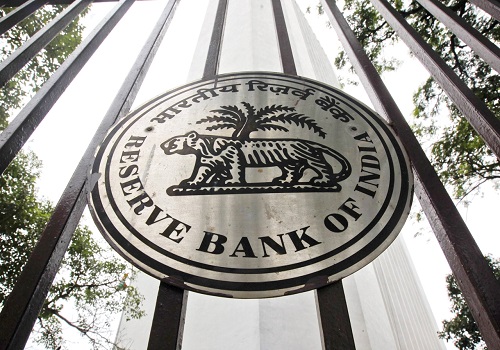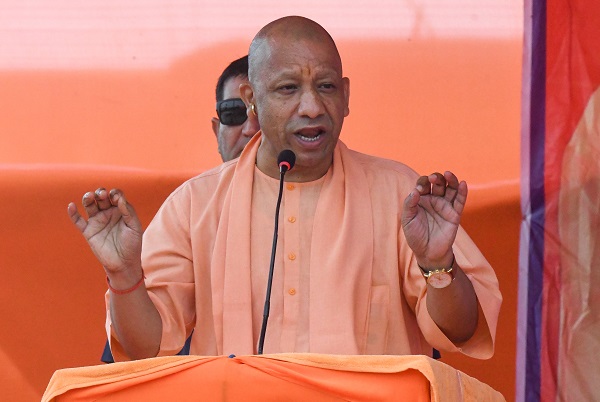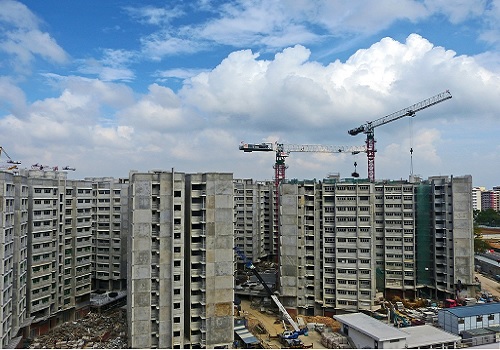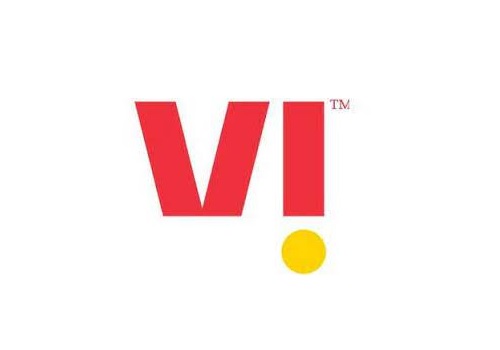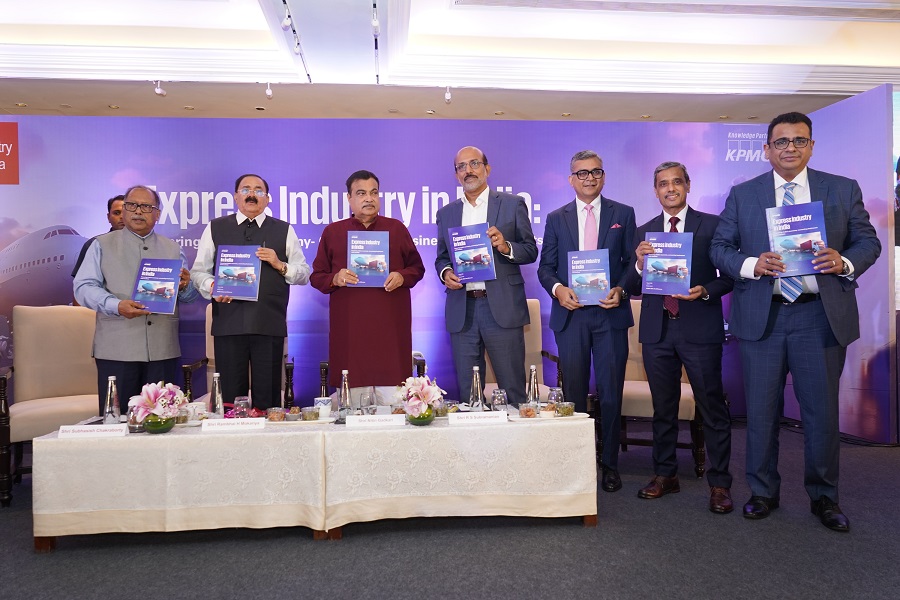Health Care Services : SC diktat serves as a reminder on regulatory risks by Kotak Institutional Equities

SC diktat serves as a reminder on regulatory risks
In an ongoing PIL, the Supreme Court (SC) has told the central government that if it, along with the states, does not come out with a proposal for hospital rates in line with the Clinical Establishment Act (CEA), it will implement CGHS rates across hospitals as an interim measure. While this issue cannot be taken lightly given the SC’s strong diktat, we believe it is very difficult to implement uniform pricing across hospitals (public and private). Apart from practical challenges and the unviability of uniform rates for prominent hospitals, implementation of this pan-India might also likely warrant a change in legislation, as only 12 states and 7 union territories (UTs) have adopted the Act. Hence, we expect a very low probability of implementation. Nevertheless, amid steep valuations, this diktat creates an overhang and assumes more relevance, especially as regulatory interventions reduced in the recent past.
Details about the PIL and what exactly did the SC say
In a public interest litigation (PIL) filed by an NGO, the petitioner has requested for rates of fees chargeable from the patients in line with the Clinical Establishment Rules, 2012. According to the NGO, since the central government has notified the CGHS rates until it finds a solution regarding the rates of fees chargeable in line with the Act, CGHS rates should be levied across hospitals in India as an interim measure. As per the Clinical Establishment Act, the central government cannot determine hospital rates unless there is a response from the states and UTs. As a result, the SC has directed the Secretary, Department of Health, to hold a meeting with states and UTs and create a concrete proposal by the next date of hearing, which is scheduled after six weeks. Worryingly, the SC has said that if the central government does not come up with a concrete proposal in six weeks, it will levy CGHS rates in the interim across hospitals.
Difficult to implement, yet serves as a reminder on risks amid steep valuations
Even as uniform pricing is difficult to implement, we cannot take this issue lightly, given the SC’s stringent tone. In the worst case, if CGHS rates are levied, almost all hospitals under our coverage will turn EBITDA negative (assuming insurance companies also negotiate lower prices). Apart from challenges such as subjectivity and variance involved in clinical outcomes, quality of doctors, infrastructure and implementation of this pan-India might also likely warrant a change in legislation. Two years ago, the SC had clearly said that no government can fix rates for patients in private hospitals. Looking at past precedents, including during Covid, we do not believe the government (Centre and States) would be keen to actively manage public health care services. Nevertheless, amid steep valuations, this diktat creates an overhang (especially on future price hikes and expansion) and assumes more relevance, particularly as regulatory interventions reduced in the recent past.
Companies having the highest exposure (measured as a percentage of operational beds falling under states and UTs, which have adopted the CEA) are Medanta, KIMS, Rainbow, Apollo, Max, Narayana and Aster DM (in that order).

Within our coverage, Medanta has the highest beds in states that have adopted the CEA
While we await clarity on how this diktat impacts states and UTs such as Delhi, which have not adopted the CEA, coverage companies having the highest exposure (measured as a percentage of operational beds falling under states and UTs, which have adopted the Clinical Establishment Act) are Medanta, KIMS, Rainbow, APHS, Max, NARH and Aster DM (in that order).

SC has warned about notifying CGHS rates as an interim measure unless the government acts
In a PIL filed by an NGO, “Veterans Forum for Transparency in Public Life”, through its General Secretary Wing Commander (Retd) Bishwanath Prasad Singh, the petitioner has requested for rates of fees chargeable from the patients in line with the Clinical Establishment Rules, 2012. According to the NGO, the central government has notified the hospital rates, which are applicable to the CGHS-empaneled hospitals. Hence, the NGO states that until a solution is found by the central government regarding the rates of fees chargeable in line with the Clinical Establishment Rules, CGHS rates should be levied across hospitals in India as an interim measure. Out of the 28 states and 8 UTs, we highlight the CEA has been adopted by just 12 states and 7 UTs. Thus, this diktat likely cannot be implemented in the remaining states and the union territory of Delhi. According to the CEA, the central government cannot determine hospital rates unless there is a response from the state governments and UTs. As per the central government, while there have been various attempts in the past, there has not been any response from state governments and UTs. In response, the SC has stated that the central government cannot shirk responsibility by merely stating that state governments are not responding. As a result, the SC has directed the Secretary, Department of Health, to hold a meeting with his counterparts in state governments and UTs, and come up with a concrete proposal by the next date of hearing, which is scheduled after six weeks. The SC has agreed with the petitioner’s plea to notify CGHS rates as an interim measure until a concrete solution is found. Accordingly, the SC has said that if the central government does not come out with a concrete proposal by the next date of hearing in six weeks, it will levy CGHS rates in the interim across hospitals.


This legal/regulatory intervention comes after a while, amid elevated valuations for most hospitals
Even as uniform pricing is difficult to implement, we cannot take this issue lightly, given SC’s stringent tone. In the worst case, if CGHS rates are levied, almost all hospitals under our coverage will turn EBITDA negative (assuming insurance companies also negotiate lower prices). Apart from the practical challenges such as uniform pricing being unviable for prominent hospitals and subjectivity involved around clinical outcomes, quality of doctors, infrastructure and others, implementation of this pan-India will also likely warrant a change in legislation, as only 12 states and 7 UTs have adopted the Clinical Establishment Act. We add that the PIL also talks about displaying rates clearly to patients, which large private hospitals generally follow. Two years ago, the SC had clearly said that no government can fix rates for patients in private hospitals. Looking at past precedents, including recently during Covid, we do not believe the government (both Centre and States) would be very keen to actively manage public health care services. Nevertheless, amid steep valuations, this diktat creates an overhang and assumes more relevance, especially as regulatory interventions had reduced in the recent past.
We have given below some notable regulatory interventions in the Indian hospital sector over the past decade:
4 In February 2017, the NPPA had capped the price of stents at up to 85% below their existing price. Since then, many global stent makers have withdrawn their high-end devices from India.
4 In August 2017, the NPPA once again wielded its powers of price control on knee implants, which are devices used to replace parts of the knee joints that are damaged. It slashed the prices of knee caps by up to 69%.
4 In September 2018, the central government launched its ambitious Pradhan Mantri Jan Arogya Yojana (PM-JAY), which proposes to provide an insurance coverage of Rs0.5 mn to ~500 mn to patients, thus covering ~40% of India’s population. State governments are responsible for implementation of this scheme, with a funding split in the ratio of 60:40 between center and state. As of CY2023, 33 states/UTs had agreed to participate in this scheme.
* According to PM-JAY, three models are proposed: 1) Insurance model, where insurance companies provide the cover, 2) trust model, where claims will be disbursed from a state run trust and (3) hybrid model, which involves a combination of the two. Majority of states have opted for the trust model.
* While the scheme is a positive step, we do not see private hospitals witnessing significant gains, moving forward. Key challenges include (1) prices of packages are well below (~50-60%) rates of private players and (2) hospitals in the past have faced receivables-related issues with respect to previous state schemes and have consciously cut down on scheme/PSU patients.
4 In December 2022, the Haryana government asked multispecialty hospitals, which received Haryana Shahari Vikas Pradhikaran (HSVP) land to reserve 20% of their bed capacities for EWS patients. In Gurugram, hospitals for which the direction was applicable were Medanta, Fortis and Artemis. Other private hospitals, which also got subsidized HSVP land, were asked to reserve 10% of the beds for EWS patients. For those admitted under this policy, treatment up to Rs0.5 mn would not be charged. EWS patients would have to pay 10% if the bill amount was between Rs0.5-1 mn and 30% of the bill if the amount exceeded Rs1 mn.
4 In April 2023, the Rajasthan government passed the Right to Health (RTH) Bill, proposing the right to emergency treatment and care without prepayment at any public health institution, health care establishment and designated healthcare center. After protests, the government agreed to keep private hospitals, which have not taken land or any other benefits at subsidized rates from it, outside the ambit of the legislation.
Above views are of the author and not of the website kindly read disclaimer


